#台語
Explore tagged Tumblr posts
Text
What is Taiwanese?
As part of my return to posting on this blog, I want to start posting a bit more about Taiwanese! It's not really a language I've seen discussed much on langblr blogs, so I'm going to start with some basics.
Where is Taiwanese spoken?
Unsurprisingly, Taiwan! It's most commonly spoken in the central and southern parts of Taiwan, and less commonly spoken in the northern and eastern parts, but you can hear it spoken pretty much anywhere.
What else is Taiwanese called?
台語 tâi-gí and 台灣話 tâi-uân-uē "Taiwanese" are the most common names colloquially. Officially, (台灣)閩南語 (tâi-uân) bân-lâm-gí "Taiwanese Southern Min" is used as the name of the language. You'll also occasionally see terms like 福建 hok-kiàn or 福佬 hô-ló used. I've given the transcriptions of these terms in Taiwanese, but the same terms are used with their Mandarin pronunciations in Mandarin.
Where does Taiwanese come from?
Taiwanese is a member of the Southern Min branch of the Sinitic language family. During the late Ming and Qing dynasties, Han settlers came over from the Fujian province of China, especially the Zhangzhou and Quanzhou areas, and brought their own languages with them. For a while, there was conflict between Zhangzhou and Quanzhou speakers, but eventually the two varieties coalesced into one language, with dialectal differences causing some dialects to be closer to one or the other. This means that Taiwanese is mutually intelligible with Xiamen/Amoy and Zhangzhou Southern Min, and related to other varieties of Southern Min, also called Hokkien, spoken in China and Southeast Asia. Taiwanese also has loanwords from Japanese due to the island's having undergone 50 years of Japanese colonization, and younger people's Taiwanese has also been influenced by Mandarin.
Is Taiwanese a language or a dialect?
Though some people will refer to Taiwanese as a dialect, it's generally an argument based in a denigration of the language and not really defensible on linguistic or social grounds. I've come to believe that the distinction between language and dialect is mostly social, with some influence from factors such as mutual intelligibility. Taiwanese is treated as a language by the Taiwanese government and taught as a language in public schools. Taiwanese is also not mutually intelligible with Mandarin or other languages outside of the Southern Min family. Some people point to the mutual intelligibility of Chinese characters as evidence that all Sinitic languages are in fact dialects, but even that doesn't hold-- Taiwanese is frequently written in romanization, and even when it isn't, there are plenty of sentences that would be pretty much unintelligible to a Mandarin speaker. For example, the Mandarin sentences 那個女人很美 ("that woman is beautiful") could theoretically be read aloud with Taiwanese pronunciation, but the more natural way to translate and write that sentence is 彼个查某真媠, which is very hard to parse in Mandarin.
How many people speak Taiwanese?
This is a shockingly hard question to answer! Taiwanese is often considered endangered, though it is in a much more stable position than languages such as Hakka and Taiwanese indigenous languages. One common estimate is that 70% of people in Taiwan speak Taiwanese. The 2020 census listed Taiwanese as the primary language of 32% Taiwan's population and the secondary language of 54% of Taiwan's population. This would add up to over 80%, which may seem high, but many people are partial or non-fluent speakers of Taiwanese.
What are the dialects of Taiwanese?
The prestige dialect of Taiwanese is the variety spoken in Kaohsiung and Tainan, which has a mixture of Zhangzhou and Quanzhou features. The Taiwanese spoken in coastal Taiwan, Penghu and Taipei tends to have more Quanzhou features, while the Taiwanese spoken in inland central Taiwan and Yilan tends to have more Zhangzhou features. However, Taiwanese dialectology is complicated, and some people have argued for other forms of classification. The Southern and Taipei dialects are going to be most relevant and salient to most learners.
Why should I learn Taiwanese?
Taiwanese is definitely worth learning if you're planning to spend a significant amount of time in Taiwan, especially central/southern or rural Taiwan. In my experience, I almost never needed Taiwanese to get around in Taiwan, but studying even just a little helped me form relationships with the people around me. Taiwanese has impacted the way that people in Taiwan speak Mandarin, and is commonly seen in culture and politics. Taiwanese-language culture includes traditional art forms like 布袋戲 pòo-tē-hì puppet theater or 歌仔戲 kua-á-hì opera, and modern music, literature and entertainment.
What resources are available for learning Taiwanese?
At some point, I'll make a full post about resources for Taiwanese. But for now, I'll mention that Bite-Size Taiwanese makes some easily accessible resources. There are textbooks out there in both English and Mandarin, as well as books in/about Taiwanese that can be purchased from books.com.tw and shipped internationally. Most language learning apps don't have Taiwanese, but glossika does. Unfortunately, most of these materials assume some knowledge of (but not necessarily total fluency in) Mandarin. There are also podcasts, youtube videos, music, tv/movies, literature, and more materials made for native speakers of Taiwanese that can serve as learning materials.
70 notes
·
View notes
Text

2025/02/12 Chang-ngiát-pàn 正月半 Guân-siau 元宵 Lantern festival
#lantern#lanternfestival#lanterne#lunarnewyear#eclairage#light#lumiere#licht#hakka#taigi#taiwan#fullmoon#festival#lighting#lightandshadow#shadow#元宵節#正月#正月十五#客家#台語#燈籠#ランタン#提灯#光#光影#手作り#handmade#diy#台灣
20 notes
·
View notes
Text




為啥哩欸離開我
27 notes
·
View notes
Text
youtube
My 台語 comprehension is still near non-existent but I got 南無嘎嘎鴨 stuck in my head now
8 notes
·
View notes
Text
撲克牌台語怎麼說?
在台灣的牌桌上,無論是打麻將、撲克還是其他紙牌遊戲,大家都習慣用華語來稱呼這些卡片,但你知道嗎?其實,用台語來說”撲克牌”不僅能展現地方文化的獨特韻味,更能讓你的遊戲氛圍更加親切自然。想像一下,在熱鬧的家庭聚會或朋友聚餐中,一句「撲克牌」用台語說出,是不是瞬間拉近彼此距離?學會正確的台語表達,不只是傳承,更是一種生活中的小確幸。掌握這個簡單卻重要的詞彙,不僅可以提升你的本土文化素養,也能讓你在各種場合中更具親和力與自信心。現在就開始了解”撲克牌”在台語中的叫法吧,讓每一次玩牌都充滿濃厚的人情味與地方特色! 文章目錄 撲克牌台語詞彙大解密:從基礎到進階的實用指南 撲克牌台語發音技巧:輕鬆掌握,流利暢玩 撲克牌台語應用情境:牌局實戰,溝通無? 撲克牌台語學習資源推薦:提升牌技,豐富詞? 常見問答 簡而言之 撲克牌台語詞彙大解密:從基礎到進階的實用指南 作為一位在台灣長大的市場行銷顧問,…
0 notes
Text

劇名 孔雀魚
類型 犯罪 懸疑 刑偵劇
主演 尹馨、安心亞、藍葦華、莊凱勛等。
首播 9月29日起每週日晚間10點
透過命案清潔的工作內容,講述特殊職業工作者的心路歷程和種種難題,除了執行工作外,其中更多的是,對人事物深刻的情感表現,也許是道歉,也許是遺憾,或者是愛,這些無形的感受,是除了當事人之外,有所接觸才能深刻體會到的。深刻探討人性,透過兩位女主角的命運交織,展現逆境中的堅韌與生存之道,彰顯生命的力量與堅強。
0 notes
Text

10 notes
·
View notes
Text
2025年7月7日(月)
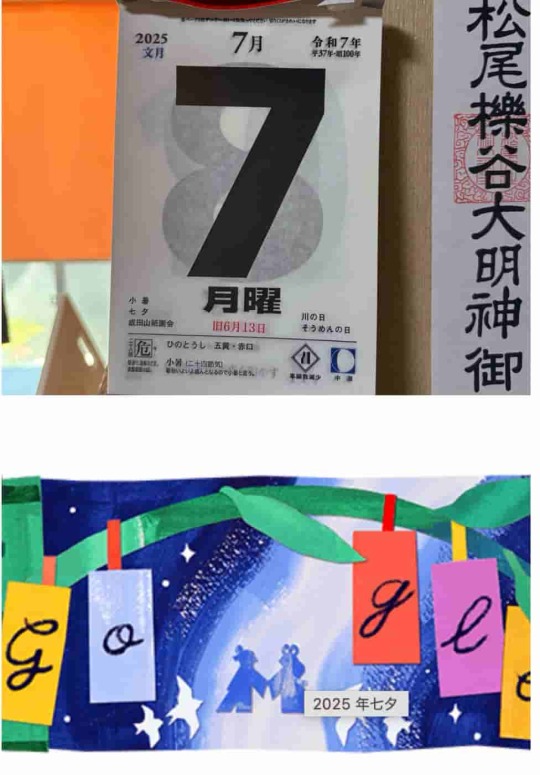
今日は<七夕>、もちろん本来は旧暦の行事である。近年は国立天文台が<伝統的七夕>と呼んでいるが、それは“二十四節気の処暑(しょしょ=太陽黄経が150度になる瞬間)を含む日かそれよりも前で、処暑に最も近い朔(さく=新月)の瞬間を含む日から数えて7日目が「伝統的七夕」の日です”とのことだ。面倒くさいことは横に置いて、今年は<8月29日>がそれにあたる。織姫さん、彦星さん、慌てることはありませんよ〜。
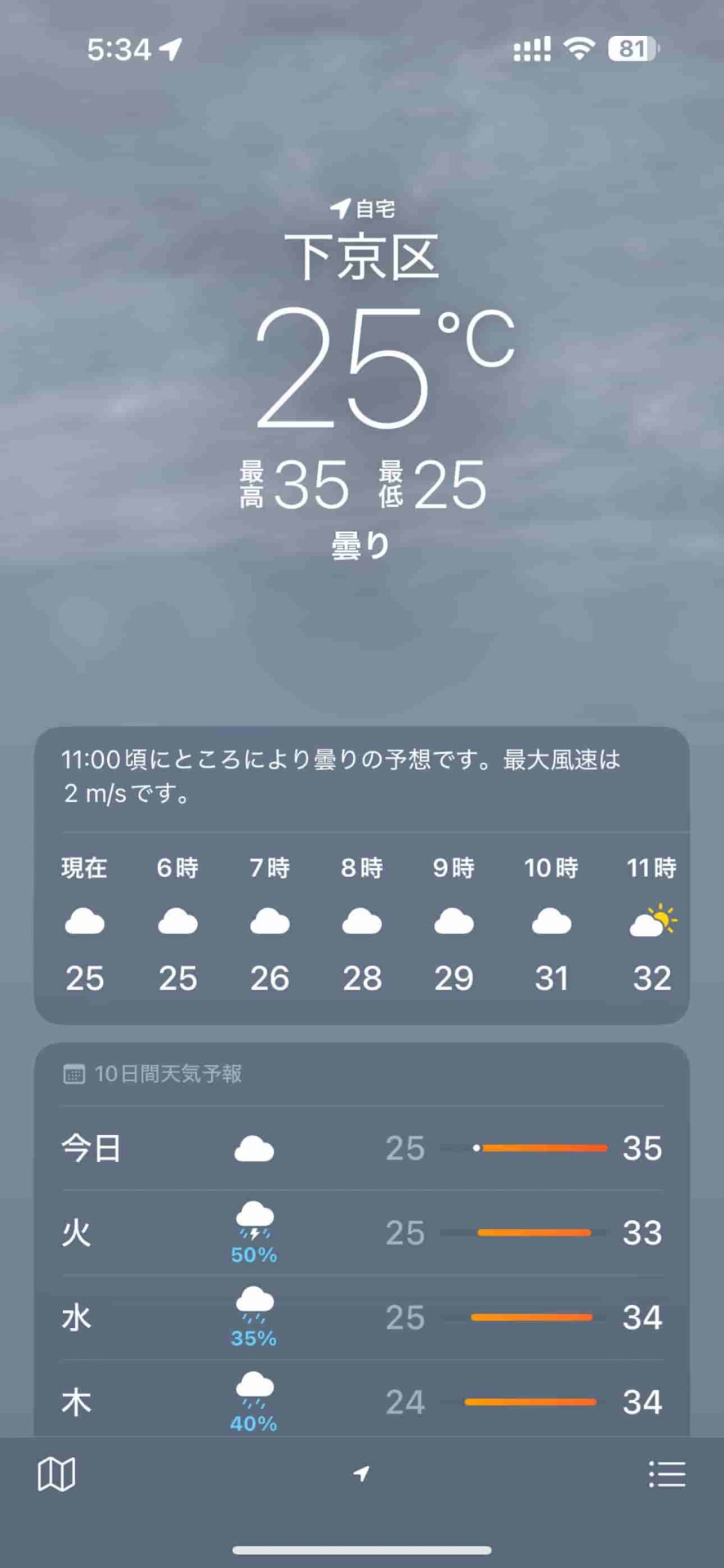
5時45分起床。
洗濯開始。
大型ゴミ(ペダルペール)を外に出す。
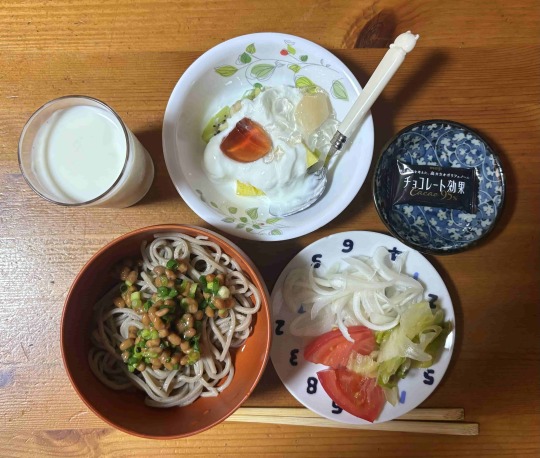
朝食を頂く。
洗濯物を干す。
珈琲を淹れる。
8時30分、二男が出勤する。
8時50分、大型ゴミを回収してくれた。
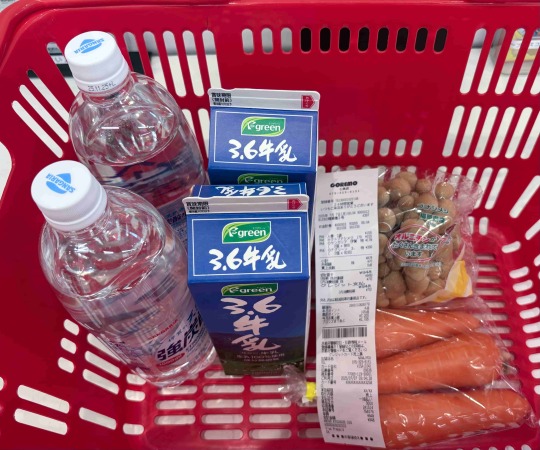
9時、コレモ七条店で買物、月曜日は牛乳が安い日だ。
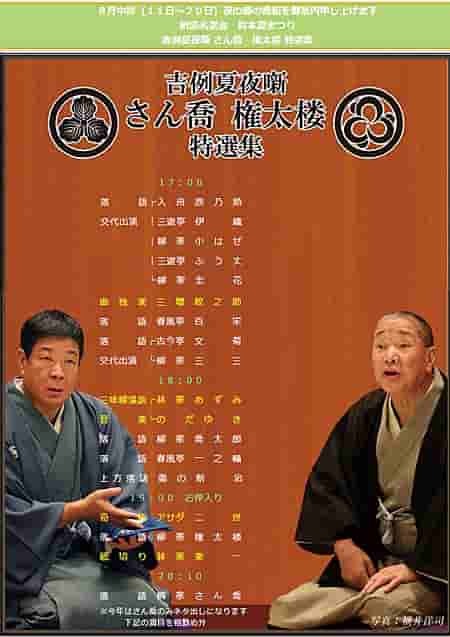
鈴本演芸場の8月中席、情報解禁となったが無事に開催されるのは何より。ただし、病気療養中の柳家権太楼師はトリをとらず、柳家さん喬師が10日間ネタ出しでトリを務めるとのこと。彼女と調整した結果、8/19(火)のチケットをとることにして、早速ホテルをおさえ新幹線を予約した。
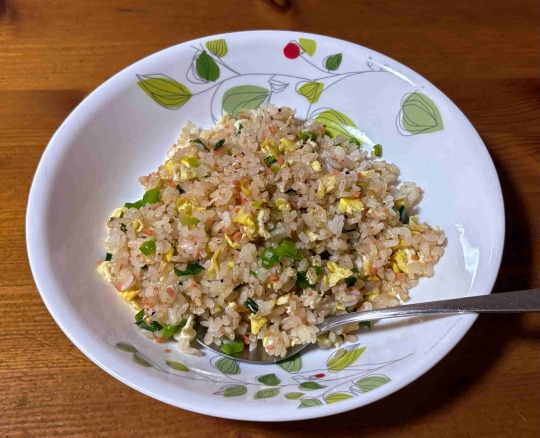
ランチ、残りご飯で焼き飯。
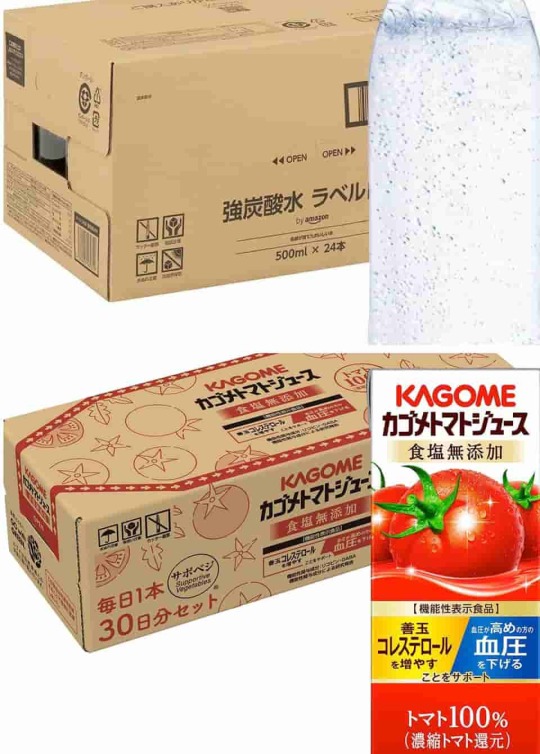
4月にいったんやめたアマゾンプライム会員に再登録したので、プライムセールとは別に、炭酸水とトマトジュースの定期便を始めることにした。
14時20分、彼女が自転車で出勤、今日は訪問1件。
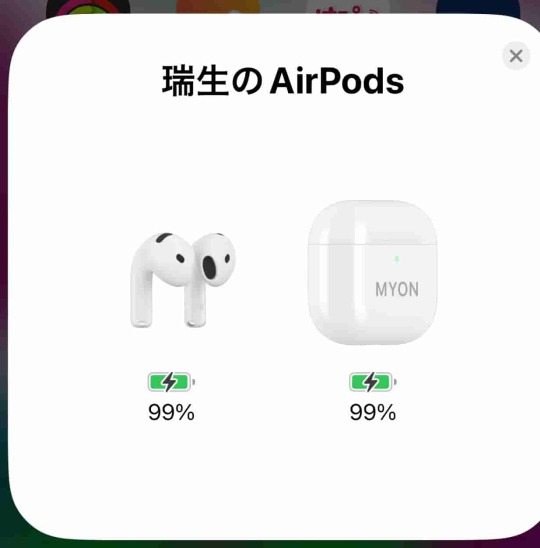
クロネコヤマトが配達、初めて自分用に買った AirPods4、かなり嬉しい。
夕飯用に肉じゃが仕込む。
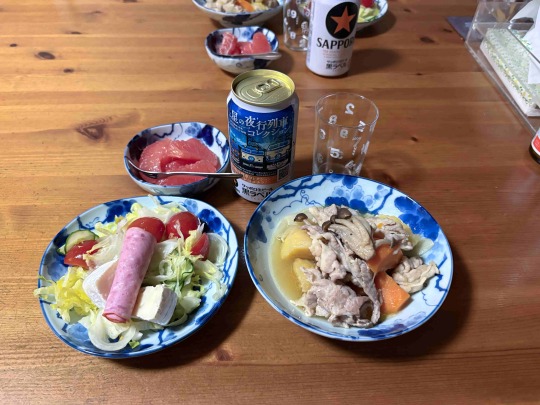
冷房効かせ、彼女の帰宅を待って夕飯開始。
録画番組視聴。
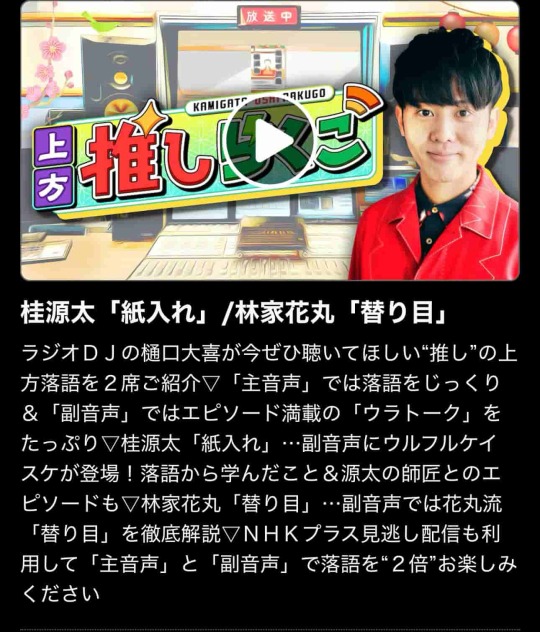
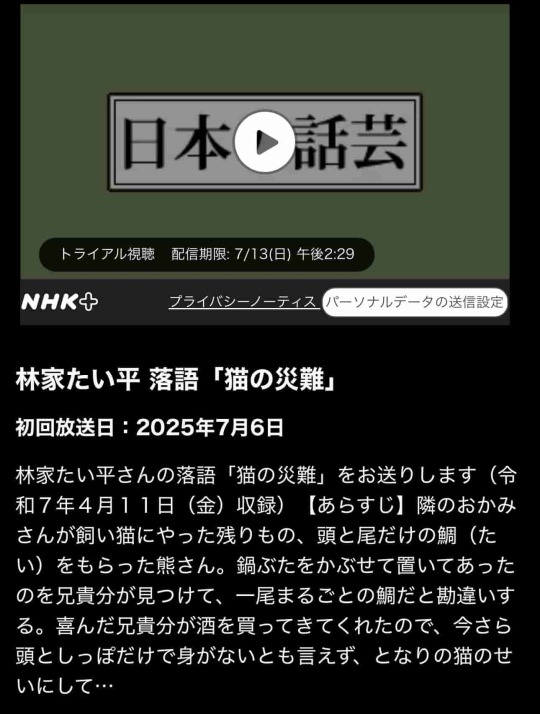
程よく酒が回って、下げ前に布団の中へ。
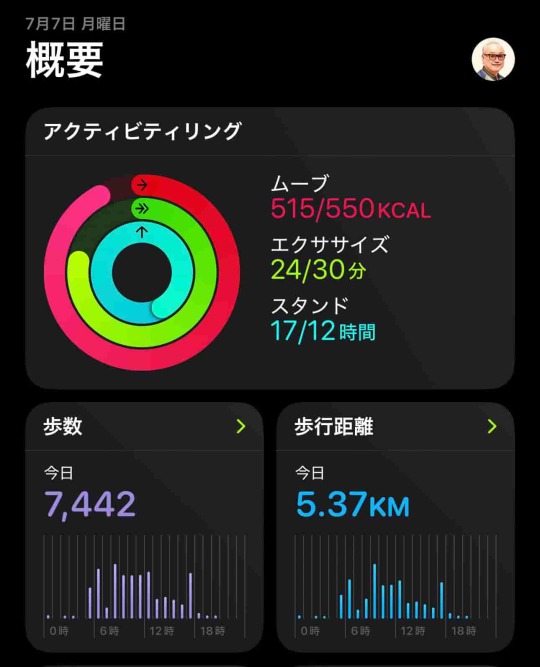
京都の最高気温は37.9℃、こんな日は無理しない。
3 notes
·
View notes
Text
外派觀察|國際市場不能靠運氣——HK/SG vs. TW



別以為香港, 新加坡的國際化只是英語好,人家是真正準備好打國際市場。 近兩年,我們中泰/英泰翻譯客戶中,七成來自香港、新加坡,遠高於台灣。
台灣廠商來泰國參展,常以為派英文業務就夠,泰文口譯「可有可無」。但競爭對手早就用中泰/英泰口譯與買家溝通,建立信任 —— 尤其在重視人際關係的泰國。
香港、新加坡廠商推廣產品、甚至觀展、參加會議都備好泰語翻譯,確實掌握市場脈動,談單更快、合作更深。人家是骨���裡就有做國際市場的思維。
台灣產品不差,只是我們還不習慣「用對方語言,進對方市場」。
東南亞成長最快,拚的不只技術與價格,還有你懂不懂當地商業節奏。
語言不通,生意難談。泰國參展,真的需要中泰翻譯嗎?
👉我的經驗分享:https://thailiangyu.com/translation
中英泰自由切換,專業口譯助你脫穎而出。
歡迎FB私訊或Line預約:https://lin.ee/aA7W4y8
#專業翻譯
#海外工作#泰國#曼谷#外派#曼谷工作#泰國蝦皮#中泰翻譯#expat in thailand#泰國代購#泰國外派#泰國展覽#泰國商機#東南亞市場#展覽口譯#泰文翻譯#泰語翻譯#B2B#泰國供應鏈#電子產業#汽車供應鏈#台廠#泰國投資#翻泰文#曼谷參展#中翻泰#泰翻中#進軍泰國#泰國貿易#泰國廠商#台灣加油
2 notes
·
View notes
Text
因為不知道要說什麼,所以本來不打算用中文發文。但剛剛在媽媽木官方IG上看到玟星跳國民健康操的影片就受到了啟發(?)決定來發一下文。不知道是年代太過久遠還是改版過,但只有音樂很熟悉,舞步好像跟我小學的時候不太一樣~
8 notes
·
View notes
Text
Taiwanese Tones
This is the part that makes everyone afraid of Taiwanese! But I'm here to tell you that if you can learn Mandarin tones, you can learn Taiwanese tones as long as you put in the practice.
Basic Tones
Taiwanese has seven basic tones numbered, confusingly, from one to eight. In romanization, tones are indicated with diacritics above the vowel. The same diacritics are used in Pe̍h-oē-jī and Tâi-lô.
Tone 1: a - 55/high level
Tone 2: á - 53/high falling
Tone 3: à - 31/low falling
Tone 4: ah - 32/short mid
Tone 5: â - 13/low rising
Tone 7: ā - 33/mid level
Tone 8: a̍h - 55/short high
Two of these tones, 4 and 8, only occur in syllables that end in -p, -t, -k, or -h (glottal stop). They are shorter than the other five tones. This chart from Bite Size Taiwanese helps visualize the seven tones. Note that there are slight differences between the numbers I gave above and the visualization on the chart. That's because there are both dialectal differences in tone pronunciation and differences in analysis.

Tone Sandhi - What and When
Tone sandhi is a process in which tones change according to the adjacent words or morphemes. In Mandarin, you can hear tone sandhi when tone 3 changes to tone 2 when it comes before another tone 3.
In Taiwanese, tone sandhi occurs in every syllable except for the final syllable in a phrase or noun, as well as a few other exceptions. This means that many sentences have more syllables in their sandhi form than their base form. For example, in the sentence below, the bolded syllables are pronounced in their original tone.
你看, 有人咧排隊, 咱應該較早來.
Lí khuànn, ū lâng teh pâi-tuī, lán ing-kai khah tsá lâi.
(Look, there are people in line, we should have come earlier).
Tone Sandhi - How
Taiwanese tone sandhi can be visualized using the diagram below (from Wikipedia).

Tones 1, 2, 3, and 7 form a circle: 1 turns to 7, 7 to 3, 3 to 2, and 2 to 1. Tone 5 becomes either 3 or 7 depending on dialect (most sources teach 7). Tones 4 and 8 switch if the syllable ends in -p, -t, or -k. If the syllable ends in -h, the glottal stop is dropped and 4 turns to 2 and 3 to 8.
Tone Sandhi - Before 仔 á
The syllable 仔/á is a common nominal suffix in Taiwanese, somewhat akin to Mandarin 子. There are special tone change rules for syllables preceding this suffix, as seen below.

When preceding 仔/á, 4 and 8 still switch. 2, 3, and 4 before -h turn into 1, and 1, 5, and 8 before -h turn into 7.
Extra Notes (and Tones!)
Firstly, there are actually two tones that haven't been mentioned above. The first is the neutral tone, indicated by two dashes preceding the syllable. The neutral tone is low, and the syllable preceding it keeps its neutral tone. It is often used for verb complements, as in 切開 tshiat--khui "cut open", but also sometimes appears in words, such as 先生 --sian-sinn "Mr.", which always is pronounced in the neutral tone.
The second tone is a high rising tone (45) sometimes called the ninth tone, written a̋. It appears in certain loanwords, contractions, and triplicated adjectives.
This is a broad overview, and there are lots of rules and exceptions that I haven't outlined here (some of which I don't know all that well!). If you want to learn Taiwanese, in my opinion the best way to tackle tones and tone sandhi is through hard work and a robust combination of targeted exercises and natural input, which is how I generally like to learn languages.
If you're wondering why there are seven tones numbered 1-8, this is a relic of Chinese historical linguistics! Middle Chinese had four tones: 平 ping, 上 shang, 去 qu, and 入 ru. These tones are then split into two registers, 陰 yin and 陽 yang, for a total of eight. The tones of Taiwanese each derive from one of these tones, except for the 陽上 yangshang tone, which would be tone six. This tone merged with the 陽去 yangqu tone (tone seven) and to a lesser extent the 陰傷 yinshang tone (tone two).
37 notes
·
View notes
Text
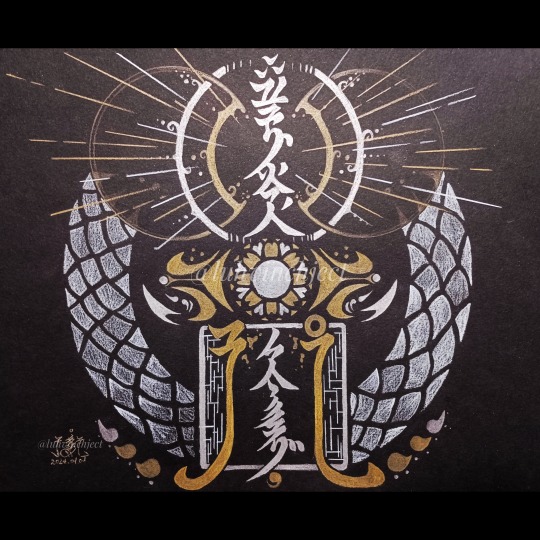
2024/01/01
“Kiong-hí Sin-tsiann” (Taiwanese) Happy New Year’s Day 恭喜新正
#台語#新正#新年#正月#新年快樂#台灣#手作り#2024#絵#鉛筆画#色鉛筆#書法#書道#手寫#calligraphy#handwriting#writing#newyear#happynewyear#bestwishes#handmade#diy#stencil#stencilart#pencil#pencildrawing#colorpencil#coloredpencil#creative#taiwan
4 notes
·
View notes
Text
2024/04/03
地震真的很可怕。
今天的地震是我遇過最大的,上一次還是25年前的921集集大地震,不過那時我才剛出生不久所以也沒什麼記憶
生在台灣其實每個人都很習慣有地震了,平時偶爾震個一兩下也都沒放在心上,所謂「小震不用跑,大震跑不掉」,但今天真的是需要逃的��種 ...... 直到現在都還有餘震,我都分不清是真的地震還是我頭暈了
一個月前我的妹妹(她是高中生)才跟我說她們學校3/11要做防災演練,我還覺得很奇怪,因為以前台灣只有每年9/21會演練而已,什麼時候3月也要演練了? 311是東日本大地震啊?
但現在我覺得還是多做一點防災訓練比較好。這幾天我應該會睡得不太安穩吧
(就連我打字的現在都還在地震)
希望大家都平安
3 notes
·
View notes
Text

見台と膝隠しです
ほんの少し小さめで可愛いですよ
3 notes
·
View notes
Text
映画『ラブライブ!完結編』特報公開!京都・大阪・神戸の舞台で6人の物語が展開。11月7日公開予定!
ざっくり内容: 映画『ラブライブ!虹ヶ咲学園スクールアイドル同好会 完結編 第2章』の特報映像が公開されました。本作は、TVアニメ1期・2期の続編として位置づけられる全3部作のOVAの第2章で、京都、大阪、神戸の3都市を舞台に、スクールアイドルGPXに参加する6人の物語を描いています。 重要なトピック 舞台設定: 古都京都の風情、賑やかな大阪、異国情緒あふれる神戸と、異なる文化が融合する3都市が物語の背景です。 キャラクター: 主人公たちの新しい冒険が展開され、特に和装を身にまとったダンスシーンや、一風変わったキャラクターの登場が注目されます。 主題歌: 「約束になれ僕らの歌」が主題歌に決まり、関連するミニアルバムが11月8日(土)に6形態で発売予定です。 特典情報:…
0 notes
Text

LINEスタンプ (LINE sticker) 動く!シマリスのシマさん台湾語&日本語版 Move Chipmunk Shima-san Taiwan&Japan https://line.me/S/emoji/
#linesticker#line#illustration#illustrator#animation#kawaii#Taiwan#fChipmunk#lineスタンプ#イラストレーション#イラストレーター#アニメーション#かわいい#台湾語#シマリス#リス
0 notes